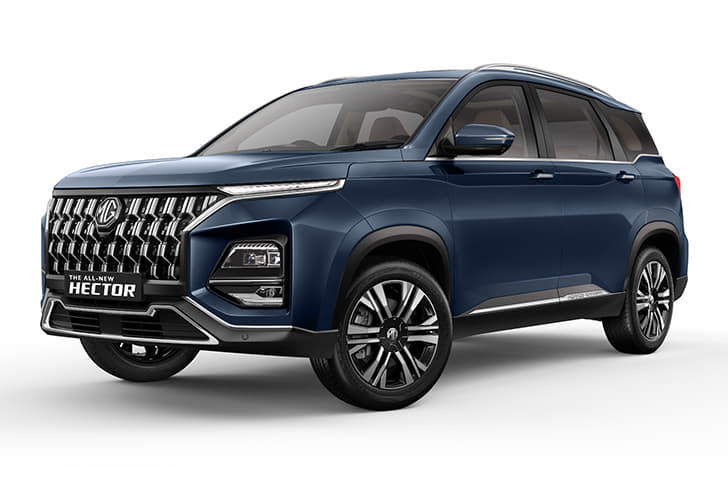BMW has unveiled the Vision iNext, a concept that is meant to preview an all-electric SUV with advanced autonomous systems that is expected to reach international markets in 2021. The concept will also provide the “building blocks” for the BMW Group’s future.
A showcase for BMW’s autonomous, electric and connected vehicle technologies, the Vision iNext is referred to the concept as ‘Project i 2.0’, a reference to the firm’s original 2007 electric concept car that previewed its electric i range.
The Vision iNext was developed to address key questions for the future of motoring, with a focus on electrification, connectivity and autonomy. BMW Group chairman Harold Kruger said: “The iNext project will provide our building blocks for the future, from which the entire company and all of its brands are set to benefit.”
BMW development boss Klaus Frohlich had described the concept as a “brand leader” that will sit outside the growing i range. While the concept is about the size of BMW’s X5 SUV, it is substantially bigger inside due to its EV architecture, with front and rear motors and underfloor batteries.
In terms of design, the concept features slim headlights and a bold version of BMW’s kidney grille, which has been used as an ‘intelligent panel’ that houses sensors required for autonomous driving. Up close, the panel features a 3D-printed pattern, with a semi-luminescent covering designed to hint at the systems it contains.
The rather large panoramic roof is designed to make the interior feel airier, with sharp curves down the sides. The Vision iNext has opposing doors with no B-pillar, in order to provide uncompromised access to the cabin. The concept was revealed with a copper paint scheme that gradually changes in shade along the length of the SUV.
The interior of the concept SUV sports a minimalist, wood-based dashboard with digital displays and minimal switchgear. The front seats are split by a coffee table-style centre console. The large rear seat is designed to fit up to four people.
The seats feature an unusual cloth upholstery, with the concept showcasing hidden ‘intelligent material’ touch controls built into the seats, which BMW refers to as ‘shy tech’.
While technical details of the production-spec SUV are scarce, it is expected to be powered by BMW’s fifth-gen electric powertrain, which will make its debut in the iX3 that is due in 2020. In the iNext, Frohlich said it would offer a 0-100kph time of around four seconds, with a range of around 612km.
Alongside an autonomous driving mode, the iNext features two drive modes: Boost, which focuses the steering wheel and display panels towards the driver, and Ease. In autonomous mode, the steering wheel folds away to create more space.
Kruger added: "The BMW Vision iNext represents a new era of sheer driving pleasure. It underlines the leading role Germany plays in the future of mobility."
While the production version of the iNext is due in 2021, the level of autonomy it offers will depend on regulations and infrastructure, which is expected to vary in different countries. While China and other Asian markets could allow such systems soon, it is likely to be much longer until level four autonomy is allowed in the European markets.






































